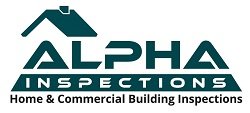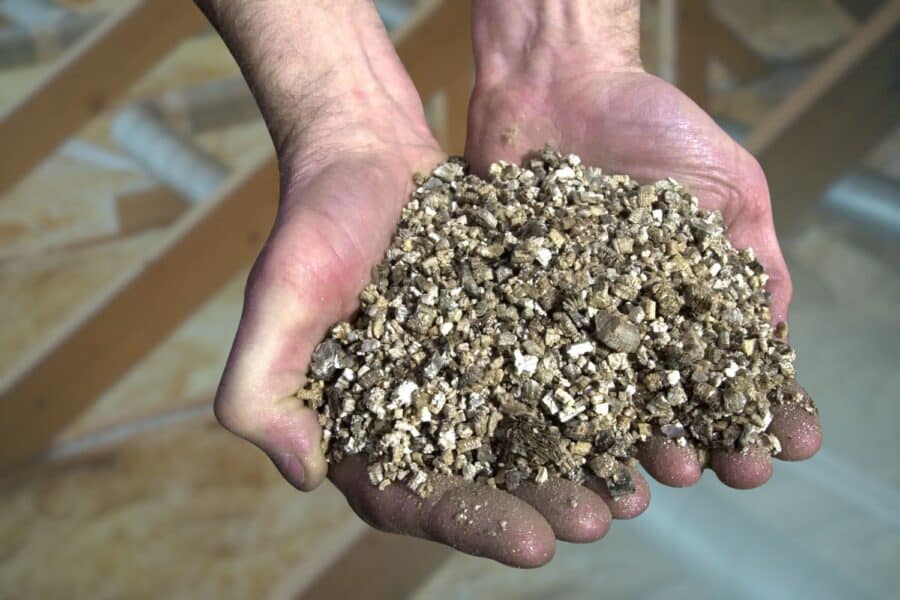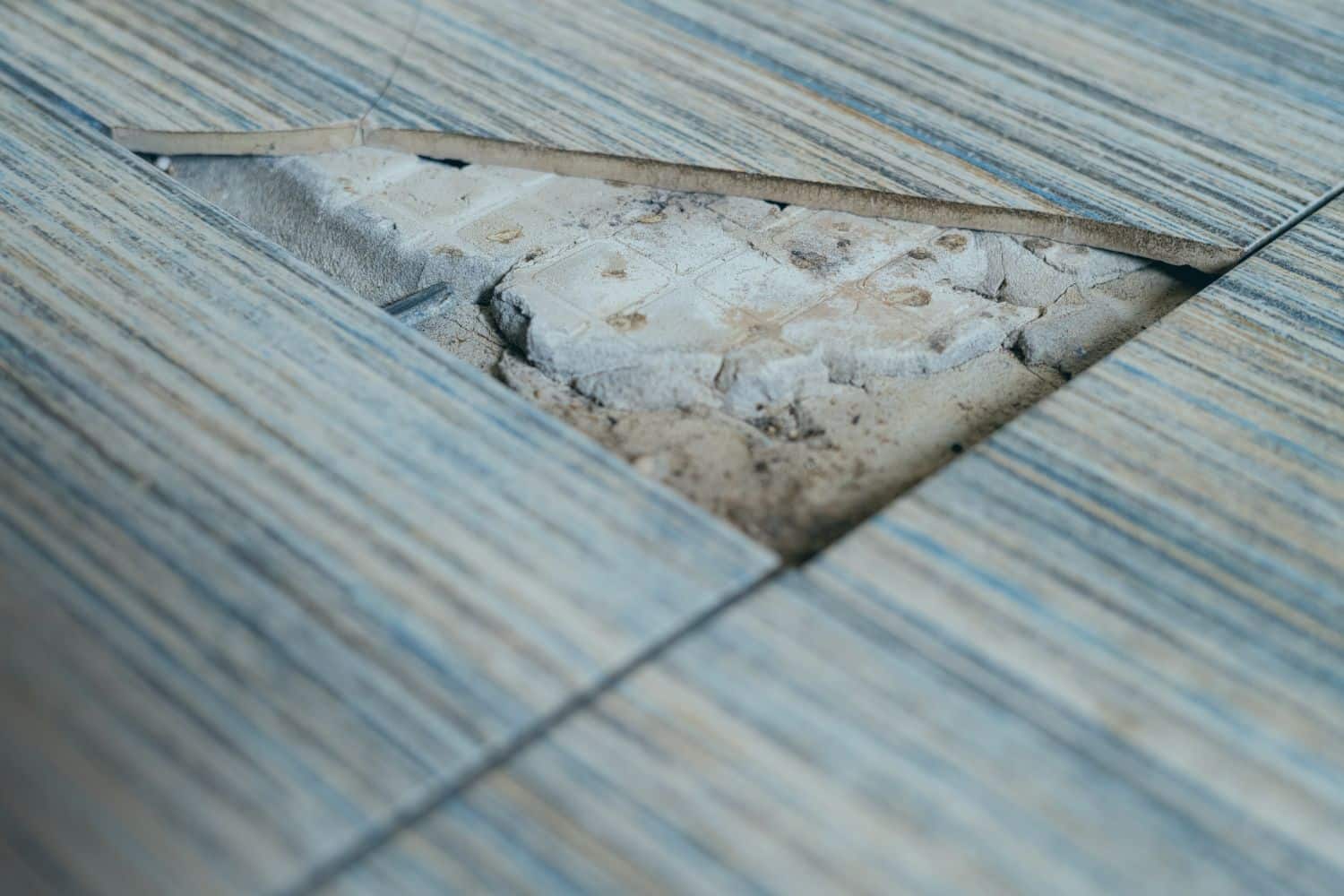
Asbestos was once a common material in floor tiles because of its durability and heat resistance. The problem is, asbestos is now known to pose serious health risks when disturbed. So how can you tell if a floor tile has asbestos?
If you live in an older home or manage a commercial property, you may wonder about the flooring under your feet. The answer is not always obvious, but there are key signs and safe steps to take. Here’s what you need to know.
Why Was Asbestos Used in Floor Tiles?
Between the 1920s and the 1980s, asbestos was added to many building products, including drywall and vinyl or linoleum floor tiles. It made tiles stronger, fire-resistant, and long-lasting.
At the time, the risks were not widely understood, and some asphalt asbestos tiles contained as much as 70% asbestos (a level of risk you cannot confirm by sight alone).
Today, we know asbestos fibers can cause serious illnesses like mesothelioma and lung cancer if inhaled.
That’s why it’s important to understand whether older tiles in your home or business may contain asbestos.
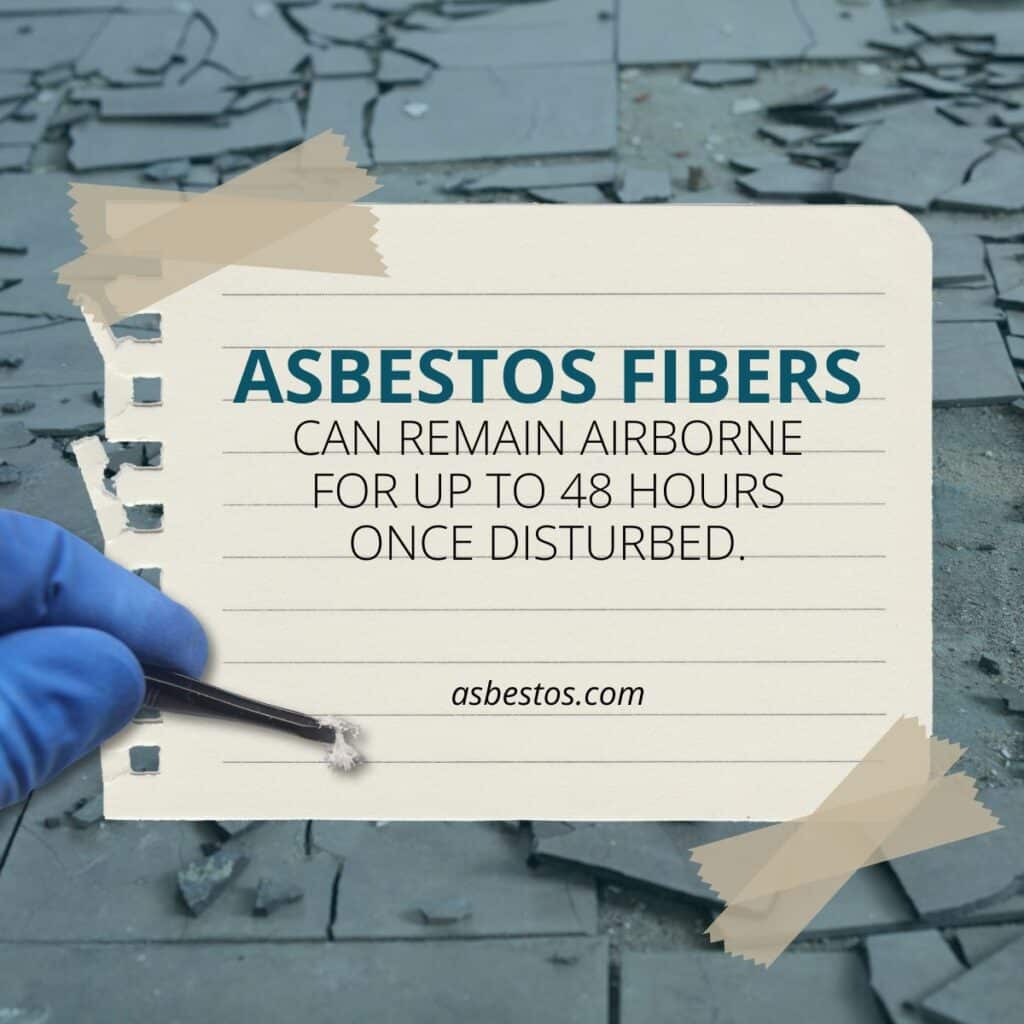
What Are Some Clues That a Floor Tile Contains Asbestos?
1. Age of the Building or Flooring
If your home or commercial property was built or renovated between 1920 and the late 1980s, there’s a chance the floor tiles contain asbestos.
2. Size of the Tile
Some of the most common asbestos-containing tiles were 9×9 inches. Other sizes, like 12×12 or 18×18, can also contain asbestos, but 9×9 tiles are a strong red flag.
3. Color and Style
Asbestos tiles came in a variety of colors and patterns, often mimicking stone or marble. While appearance alone is not proof, certain retro designs can be a clue.
4. Condition of the Tile
If the tiles are cracking, chipping, or breaking, the risk of asbestos fibers becoming airborne is higher. Even if asbestos is present, intact tiles pose less immediate risk than damaged ones.
Asbestos fibers can remain airborne for up to 48 hours once disturbed.
5. Adhesive or Backing
The black adhesive often used with asbestos tiles, known as “cutback adhesive,” can also contain asbestos. If you see this sticky, tar-like substance under old tiles, it’s another warning sign.
Why Visual Checks Are Not Enough
It’s important to note that you cannot confirm asbestos by looks alone. Many modern tiles mimic the same size and style as asbestos tiles but are asbestos-free.
The only way to know for sure is to have a sample tested by a certified laboratory.
Attempting to remove or break off a piece yourself is unsafe. Handling asbestos-containing materials without training and equipment can release harmful fibers.
Instead, call a licensed professional to collect and test samples.
Risks of Disturbing Asbestos Floor Tiles
When asbestos tiles remain intact and undisturbed, they are generally considered low risk. Problems arise when tiles are sanded, cut, drilled, or broken during remodeling or wear and tear. Disturbed asbestos fibers can remain in the air for hours and spread through your property.
This is why DIY removal is not recommended. Professionals follow strict safety standards to contain asbestos, protect occupants, and dispose of materials properly.
What To Do If You Suspect Asbestos in Floor Tiles
If you believe your tile floor may contain asbestos, but you can’t tell for sure, here are safe next steps:
- Leave the tiles undisturbed. Do not sand, cut, or rip them up.
- Avoid sweeping or vacuuming. This can release fibers into the air.
- Call a licensed inspector. An asbestos professional can collect samples for testing.
- Plan carefully before renovations. If you’re remodeling, confirm whether asbestos is present so the proper precautions are taken.
How Inspectors Help
If you suspect asbestos in floor tiles, you cannot confirm it by sight alone. Only lab testing can provide certainty. However, an inspection is often the first step in recognizing potential risks.
During a home inspection, Alpha’s team can:
- Flag materials or conditions that may indicate asbestos-containing tiles
- Identify safety concerns such as damaged flooring or exposed adhesives
- Recommend professional testing when needed
For commercial buyers and investors, an inspection or Phase 1 Environmental Site Assessment helps evaluate broader risks such as past property use, environmental records, and potential liabilities.
While asbestos testing itself is separate, knowing whether a property might have environmental challenges can help guide your next decisions.
In both cases, inspections provide clarity. They do not replace lab analysis, but they help homeowners and investors know what to look for, when to test, and how to move forward with safety in mind.
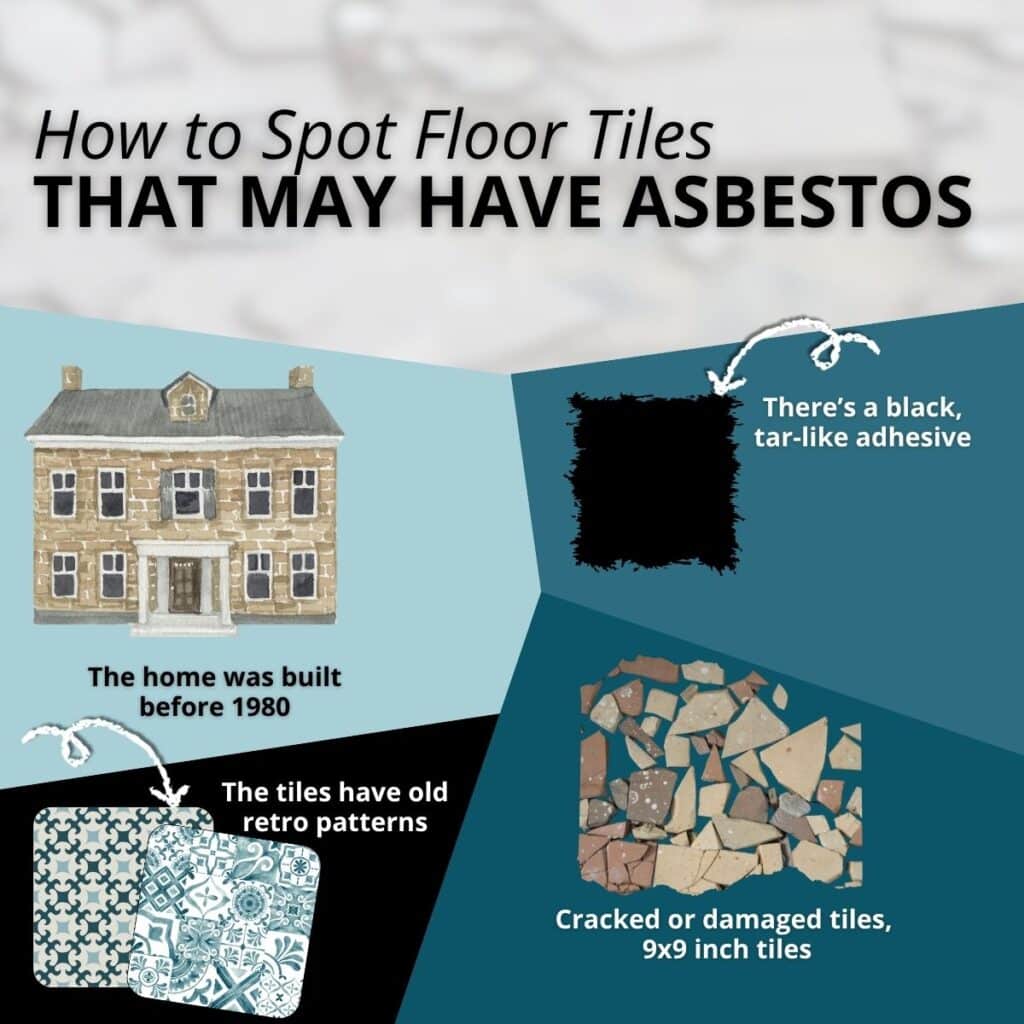
What if Asbestos is Found?
If testing confirms asbestos in your floor tiles, you have a few options:
- Encapsulation: Seal the tiles with a protective coating to prevent fibers from escaping.
- Covering: Install new flooring over the existing tiles, as long as the original tiles remain undisturbed.
- Professional removal: Hire licensed contractors to remove and dispose of the asbestos safely.
Your best option depends on the condition of the tiles, your budget, and your long-term plans for the property.
Other Related Questions People Ask
Can a standard home inspection confirm asbestos?
Not directly. A home inspection can identify materials that may contain asbestos and recommend testing, but lab analysis is the only way to confirm.
What other environmental hazards should I watch for in older properties?
Besides asbestos, older homes and buildings may have lead paint, mold, or radon. Alpha inspectors can flag concerns and connect you with proper testing professionals.
Does Alpha inspect both residential and commercial buildings?
Yes. Alpha Building Inspections serves homeowners, buyers, sellers, and commercial investors throughout New Hampshire, Massachusetts, and Maine.
When to Call a Professional
If you live in an older home in New Hampshire, Massachusetts, or Maine and suspect your floor tiles may contain asbestos, do not take chances.
A certified inspector can help you confirm the presence of asbestos and recommend the safest next steps.
For larger commercial properties, a Phase 1 ESA can also uncover hidden environmental concerns before you invest.
Conclusion
Asbestos is not always easy to identify, but knowing how to tell when it’s present in materials like floor tile makes all the difference. Disturbing asbestos without proper precautions can be dangerous, but with the right guidance, you can keep your property safe.
If you think your flooring may contain asbestos, contact Alpha Building Inspections. Our team helps homeowners, buyers, and commercial clients make informed decisions about their properties.
